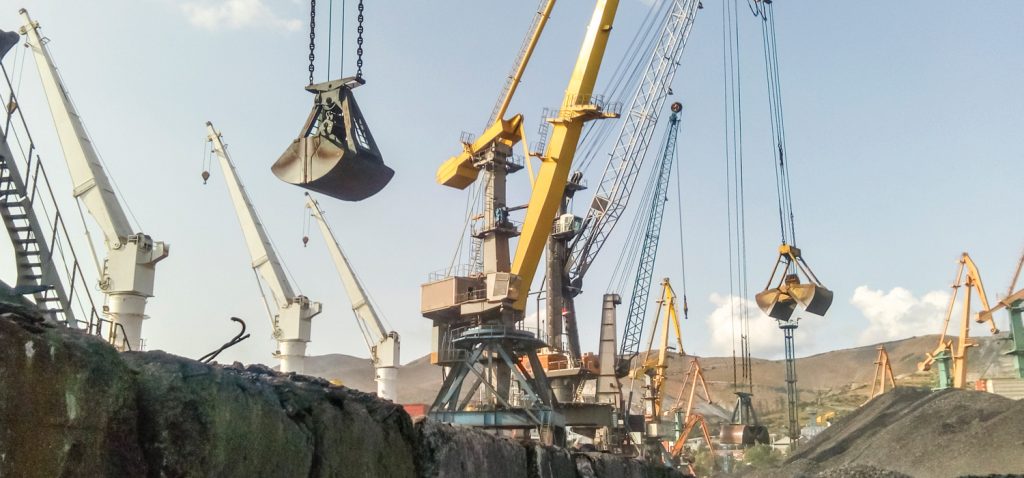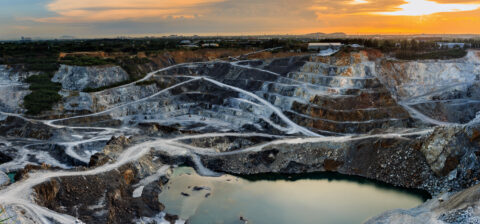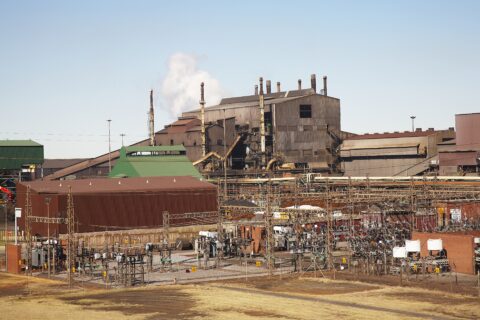SA Mining
Economic Outlook For 2021
By Dr Johannes Jordaan, chief economist at Economic Modelling Solutions
After a disastrous 2020 due to the impact of the lockdowns and disruptions caused by COVID-19, local and global economic growth is expected to increase sharply in 2021.
Global output is expected to increase by 5.2% in 2021 according to the International Monetary Fund (IMF), but this is mainly due to base effects, and the increase will leave the global economy in 2021 at roughly the same size as in 2019.
The IMF in its October World Economic Outlook expects global economic activity to contract by 4.4% in 2020 (previously estimated at -4.9%) and describes it as “a long and difficult ascent” as the post-pandemic recovery remains uncertain. This contraction is significantly larger when compared to the international financial crisis in 2009 when the world economy contracted by 1.7%.
Using World Bank data for the size of the global GDP at current dollar prices implies a contraction in activity in 2020 of $3.9-trillion, or roughly 11 times the size of South Africa’s GDP. The euro area was expected to contract by 8.3% in 2020 and to grow by 5.2% in 2021 while the UK was expected to contract by 9.8% in 2020 and to grow by 5.9% in 2021. The one economy that appears to be the exception is ironically the country where the virus originated – China.
The Chinese GDP was expected to grow by 1.9% in 2020 and 8.2% in 2021 leaving China roughly 10.2% larger in 2021 compared to 2019. This expansion is expected to support the demand for commodities as China moves closer to becoming the world’s largest economy.
The South African GDP was expected to contract by around 8% in 2020, but the recovery path is even more uncertain given the crisis that the economy faced before the COVID-19 crisis. This crisis is as a result of factors such as electricity shortages, corruption, a lack of skills development, failing state-owned enterprises, poor levels of education, emigration of skilled and highly skilled labour and political and policy uncertainty.
As a result, it is expected to take South Africa a number of years to reach the 2019 GDP levels in real terms – and even longer to reach the same levels of GDP in per capita terms (GDP per capital in 2025 is expected to still be almost 10% below the GDP per capita of 2015 according to the IMF, see figure).
Global debt skyrocketed during 2020 as government revenue fell while expenditure and borrowing activity increased in order to support their various economies. It is expected that government debt of advanced nations will reach a record 130% of global GDP. This level will be higher than the debt levels recorded during World War II when it peaked at just over 120%.
Governments will have to cut back expenditure and increase taxes over the medium term to stabilise government finances. This will put economic growth under further pressure over the medium term as governments will have little room to provide large-scale fiscal stimulus while taking more tax revenue out of the economy.
Not only has government debt increased, but also that of companies, financial institutions and households. Global debt increased to a record 331% of GDP according to the Institute for International Finance (or $258-trillion). Given the high debt levels, interest rates are not expected to increase soon.
Central banks of most countries reduced interest rates during the pandemic and interest rates of advanced economies are at historic lows (and in some cases negative). If global interest rates are increased too quickly, it may trigger a financial crisis or sovereign debt crisis, which it could not afford. As a result interest rates are predicted to remain low even under moderate levels of inflation. The US Federal Reserve has already indicated that they will target an average CPI of around 2%, implying that they will tolerate some inflation in the medium term without adjusting interest rates.
Government debt levels in South Africa have also increased dramatically over the past decade, from below 25% of GDP in 2008 to over 80% in 2020. According to the SA Reserve Bank, South Africa has increased its debt over this period by more than any emerging market economy except for Argentina.
Debt levels are expected by National Treasury to increase to close to 100% over the next five years. However it will be difficult to keep the debt ratio below 100% given the sluggish economy and already high levels of taxation. Although the domestic repo rate was lowered by 300 basis points in 2020, the interest rate on long-term government bonds has remained elevated given the increased risk that government will struggle to pay its debt over the medium to long term. The level of government debt is one of the largest risks to the South African economy in the years to come and it will take significant effort from government to reduce the debt-to-GDP ratio to pre-COVID-19 levels. Many analysts are sceptical of government being able to reduce the debt levels and make the necessary policy adjustments required for the economy to grow while also reducing government expenditure. This could result in further downgrades of the country’s credit rating deeper into sub-investment grade and is expected to keep the rand under pressure.
Gross domestic product per capita at constant prices for selected countries (indexed at 2018 = 100) (source IMF World Economic Outlook October 2020).







 Sign-up and receive the Business Media MAGS newsletter OR SA Mining newsletter straight to your inbox.
Sign-up and receive the Business Media MAGS newsletter OR SA Mining newsletter straight to your inbox.